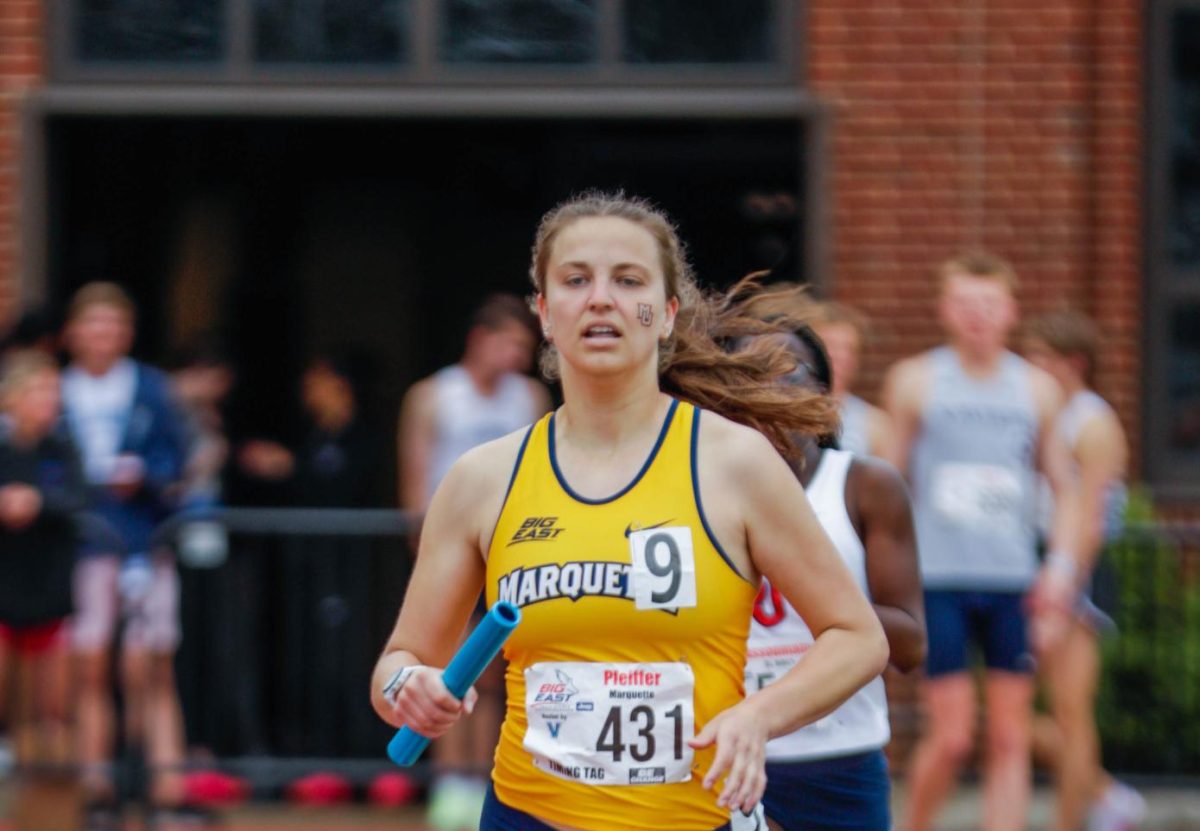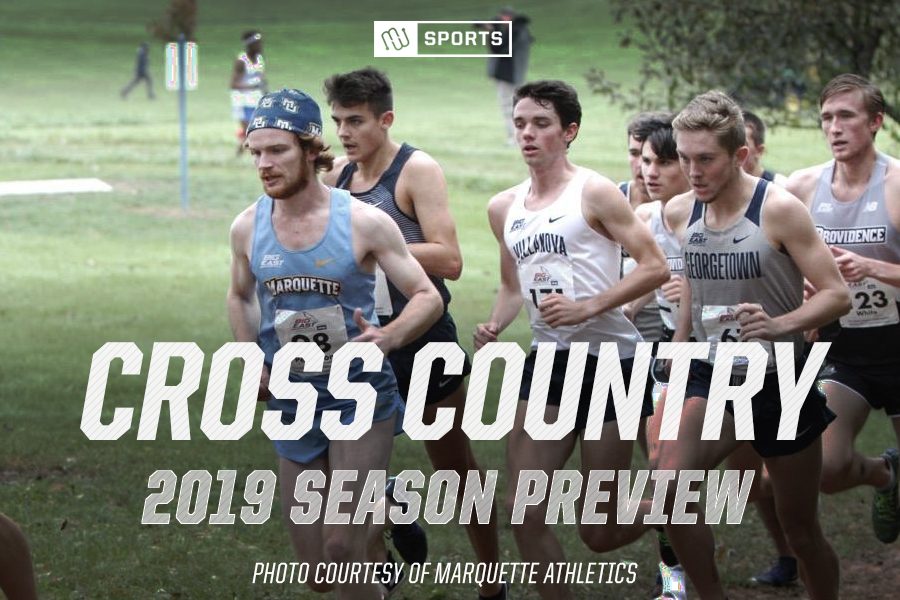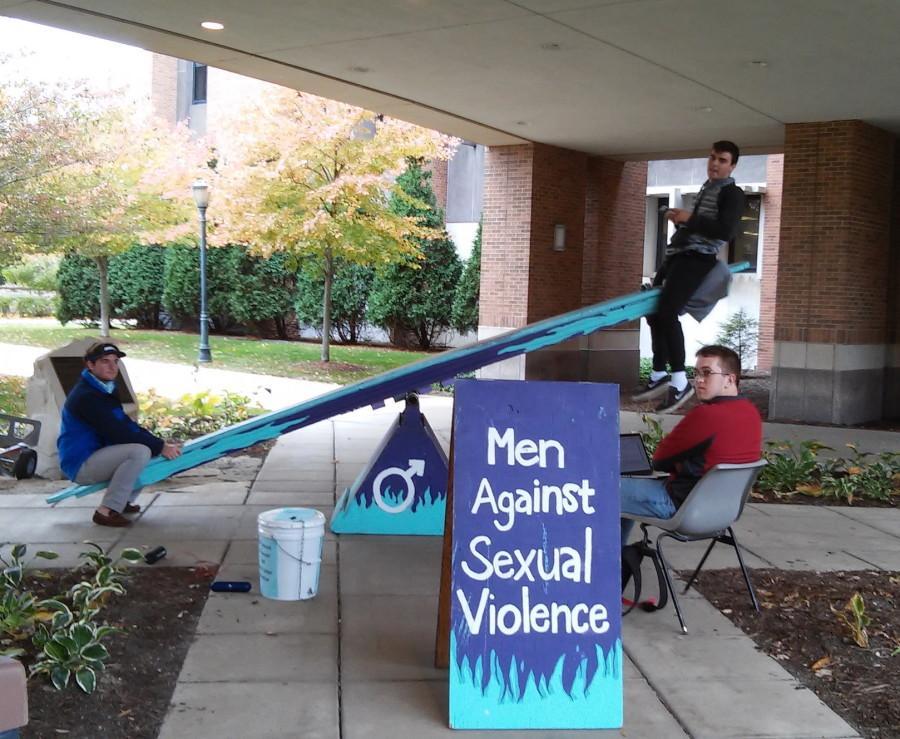
When the magazine Runner’s World contacted Sandra Hunter, an associate professor in the College of Health Sciences, in late 2008 with a question about varying marathon results, she was not sure of the answer.
The writers at Runner’s World wanted to know if there was a physiological reason for the age difference between the male and female winners at the 2008 Olympics. The male winner was 21 years old, while the female winner was 38 years old.
“I couldn’t think of any reason why there would be an age difference for the marathon,” Hunter said. “The question they were really asking was whether men and women peak in marathon running at different ages.”
Hunter said the magazine contacted her because her research tries to understand the physiology behind sex-based differences in muscle fatigue.
Hunter enlisted the help of Alyssa Stevens, now a sixth year student in the physical therapy doctorate program, and three undergraduate exercise science majors for the project. They worked to find the age and finishing times of the top five male and female finishers at top marathons around the world.
Hunter said when Runner’s World contacted her, there was no previous research on the age of elite marathon runners, so she decided to conduct her own. The studies that followed have been featured in both Runner’s World and the Medicine and Science in Sports and Exercise Journal.
“As it turns out, women have only been allowed, legally, to run marathons since the early 1980s, because it was thought that it was dangerous for women to run these distances,” Hunter said. “Thirty years on, we now realize that was not based on any scientific studies and seems quite ludicrous.”
Hunter said the research showed no gender-related difference in the ages of elite marathoners. The average age is 29 for both males and females. The researchers also found that the time differences between first through fifth place varied the greatest among women, while men’s times were closer together.
Hunter said the research suggested that the widening of the sex difference was due to less depth in women’s running, in part because women have only been able to run this distance in marathons for 30 years, so there is a smaller sample of women for researchers to analyze.
“To examine this issue of a lesser pool of runners more carefully, we took the results of the New York City Marathon and looked at participation rates and the top 10 men and women runners across 31 years of data and age groups,” Hunter said. “We predicted that there would be an association between the participation rates and the sex difference, and that’s what we found.”
Stevens said her personal running experience helped her research. Stevens ran on the Marquette track and field team from 2007 to 2012 and on the cross-country team in 2012.
“When we’re crunching numbers and comparing ages and participation rates, (a two-month) difference in the peak age men and women perform their fastest marathon is not significant,” Stevens said. “It might mean something statistically, but in the real world people would probably be more interested if there was a three-year age difference or even a five-year difference.”
Stevens said she was excited when she was scrolling through her Twitter feed and saw Runner’s World tweeting about her research.
“It is very rewarding to see such a reputable running magazine looking at our research and sharing it with all of their readers and followers because they see it as interesting and worthwhile,” Stevens said. “I’ve been reading Runner’s World for years, and I was a little shell-shocked to see my name on the website.”
Hunter said they were both surprised that the results strongly predicted the sex difference.
“We were a little surprised that the participation rates so strongly predicted the sex difference in running times and accounted for all of the non-physiological reasons for the sex difference,” Hunter said.
Hunter said the results indicated to the researchers the impact of the Title IX Act of 1972 on the running community.
Title IX makes it illegal to discriminate on the basis of sex when admitting students to programs or activities which receive federal funding.
“(Title IX) is very important, because unless women have the same opportunity to participate in sports and exercise as men, we likely won’t know the true physiological limits of women or the sex differences that can be explained by physiology alone,” Hunter said.
She said she hopes her research will help expand physiological research on the topic.
“That’s why doing experimental studies on both men and women is important – much of what we know about physiology is still based on male physiology, but women react differently,” Hunter said. “I think our findings have much broader implications than just for the marathon.”
Hunter and Stevens continue to perform research projects together. They are now looking at the sex differences among world-class swimmers and ultramarathon runners.





